—story by Kate Prengaman
—photos by TJ Mullinax and Ross Courtney
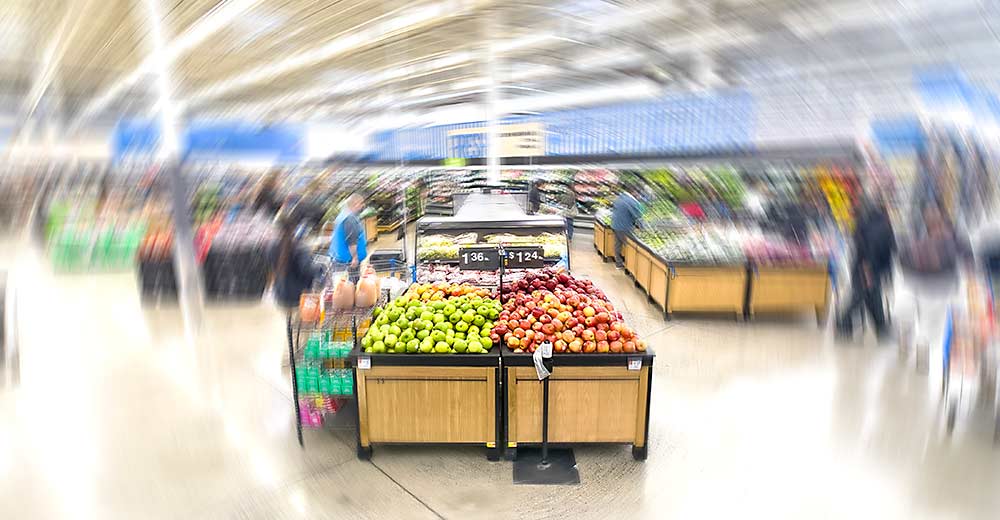
The apple bubble — the era of excitement surrounding new, improved varieties that the industry hoped would drive higher pricing — has officially burst.
“The days of carrying a cute new apple because it’s new and it tastes great, those days are gone,” said Tate Mathison, vice president of sales and marketing at Stemilt Growers, which markets SweeTango and Rave. Every single apple on the shelf now must “earn its spot.”
That streamlining shift is reshaping the U.S. domestic apple industry — changing the strategies for new introductions and forcing growers and their sales desks to take a hard look at exit strategies for the varieties that have fallen from favor or never garnered enough in the first place.
“The market is the market and it right-sizes itself,” said Don Roper, vice president of sales and marketing for Honeybear Brands, which markets Pazazz and Minnesota-grown First Kiss.
Everyone knows the bubble’s backstory: The success of Honeycrisp proved that consumers would pay more for better apples, setting off an arms race of introductions until every marketing house had new apples, with less scrutiny on the orchard economics or consumer appeal, Roper said.
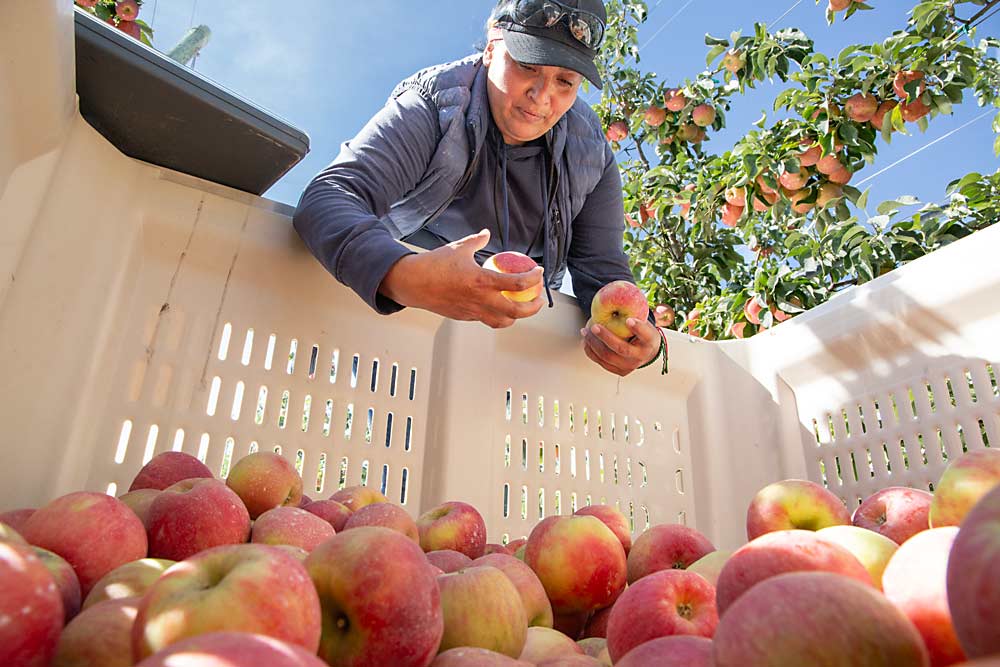
It was clear as the industry invested in new varieties that they weren’t all going to stick, but few expected a market correction this steep as retailers in the post-pandemic landscape seek to simplify the produce section while growers face rising costs of production.
“Retailers, 10 years ago, were saying: ‘Bring us any new variety you can,’” said Bob Mast, president of CMI Orchards, which markets almost a dozen managed apples. “We started to see a shift about two years ago where they started saying enough is enough. Now they are strictly saying stop with all these bicolored apples. They are monitoring the shelf space, and if it doesn’t get that sales target in short order, they are going to pull it.”
Some “new” apples do deliver those dollars to retailers and growers. Envy and SugarBee, for example, held on to strong pricing and movement, even as Honeycrisp prices tanked with the record 2023 crop — and took everything else down with it.
“If we didn’t have Envy, we’d be broke. There just isn’t enough money in some of these other varieties,” said Dave Allan of Allan Bros. “It’s taking longer than we anticipated to develop the market for new varieties.”
The industry has used the shorthand term “new varieties” for almost 15 years now to refer to the era of managed varieties. Many no longer qualify as new and are better referred to as just managed varieties, Mathison said. Those mature, managed varieties face challenges different from those for the actual new introductions, such as Stemilt’s new yellow apple, Aura, and Kissabel, a series of red-fleshed apples managed globally under one brand.
“Kissabel is a great program, but we are moving a lot slower than we did before to start something new,” he said.
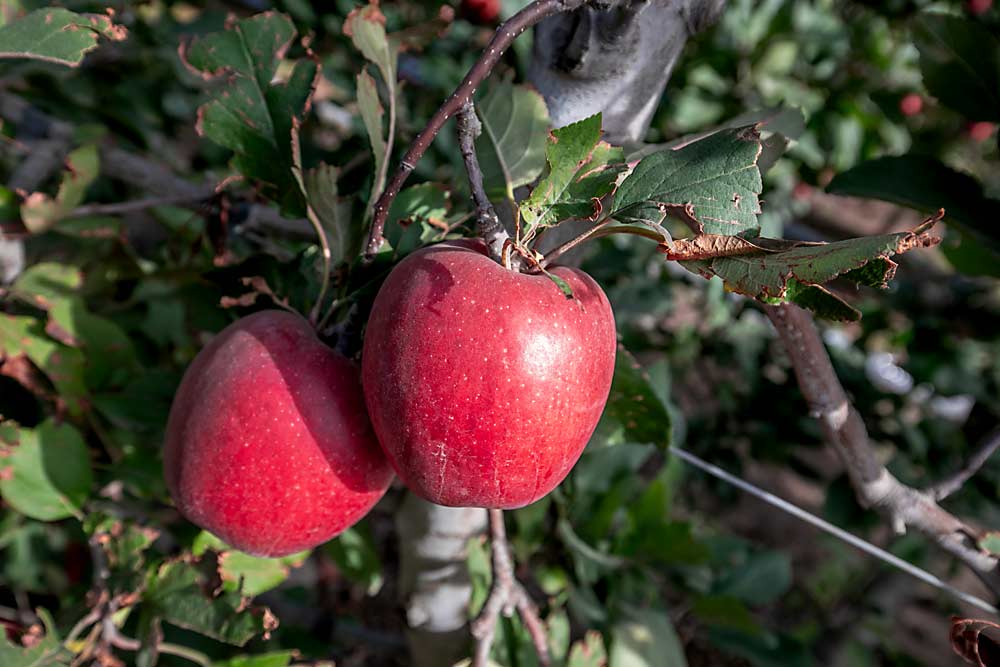
How many is too many?
Everyone agrees the industry introduced too many apples. The Washington Apple Commission tallies 37 varieties grown in the state — and several have already “passed away,” in the words of Mike Taylor, Stemilt’s vice president of business development. “We just haven’t had the ceremony yet,” he said.
But no one knows the right number of varieties for the domestic market. Where’s the sweet spot in SKUs that will increase turnover so consumers get the highest quality that will bring them back for more?
For club stores, many are struggling to justify more than five to seven apple SKUs at a time, Mast said. That’s looking not just at variety but also size, packaging and organic options.
“They are scaling back and down to less SKUs than they have ever had on apples,” he said.
For most mainstream retailers, Honeycrisp and Gala alone account for almost 50 percent of the volume. But many stores may carry up to five SKUs per variety: small, large and bagged conventional, as well as bulk and bagged organic, Mast said. “Category simplification is not variety only.”
Meanwhile, regional retailers and higher-end chains still frequently promote managed varieties as something unique that shoppers can’t get just anywhere. That differentiation offers shippers a way to compete.
“If everyone gets down to the same eight apples, then it only comes down to price,” Mast said. “Unfortunately, the grower usually loses in those situations.”
Roper agreed, saying that regional chains can be successful partners for managed varieties, if the value is there.
“We don’t need Pazazz to be a million cases (to be successful with those retailers),” he said. “But let’s be honest, it’s really expensive to have that point of distinction if it’s not making money.”
Considering this market complexity, trying as an industry to determine the ideal number of varieties becomes the wrong question, Mathison said.
“It’s: ‘Can you sell enough per SKU to keep the item turning and fresh?’” Mathison said. “The only way we make these new varieties work is by being very intentional about how we sell them. The number is not fixed.”
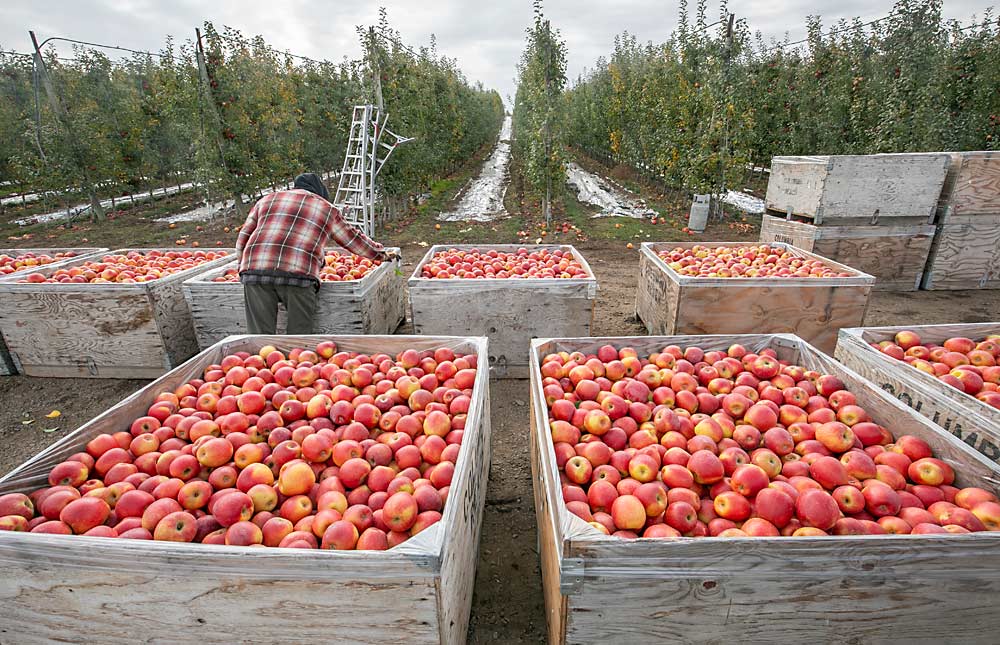
The Honeycrisp ceiling
Honeycrisp gave birth to the new apple era and continues to control it by acting as a price ceiling on less-well-known apples.
“If Honeycrisp is out there for $1.99, it is very challenging to convince a consumer to try a new variety at a higher price,” said Kaari Stannard, president of New York Apple Sales, which markets SnapDragon and SweeTango.
This year, with a smaller Honeycrisp crop, the industry hopes its price recovery can lift everyone up again — though that rebound dynamic was just beginning to play out in November when Good Fruit Grower reported this story.
“Last year, the Honeycrisp pricing was a disaster. We rode the coattails of poor Honeycrisp pricing down with every other variety, and now everyone is riding back up this season,” Roper said.
With Honeycrisp setting the ceiling, the challenge is that it’s an open variety, so more of the return goes to growers, while managed variety returns must cover more royalties, Roper said.
So, to be successful today, new varieties must be more efficient to grow as well as offer a premium eating experience.
“The cost of production has nearly doubled on us” over the past five years, Roper said. “Poor-performing apples are at significant risk right now.”
On the other hand, more efficient apples still have opportunity. Cosmic Crisp’s higher packout and lower costs of production, especially compared to Honeycrisp, explain why it has grown from the “new” list into the core of Washington’s production.
“It competes well at the shelf, but the grower can make money with it, too. All those things play into it,” Mathison said. “Honeycrisp is the No. 1 apple, but it’s also the No. 1 apple underwater in the industry.”
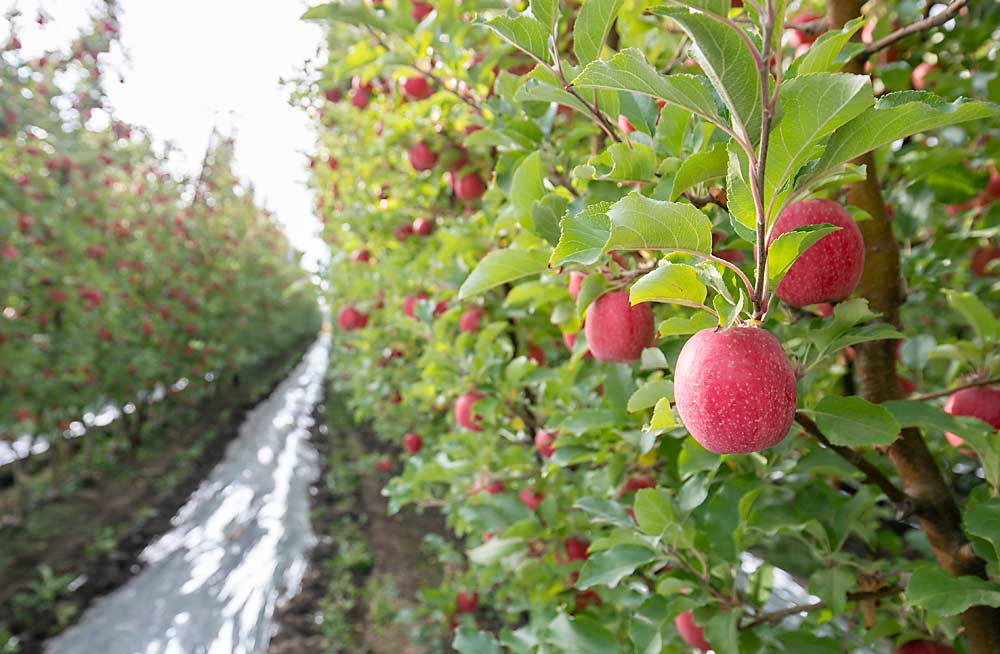
The new era for new apples
It would be a mistake to interpret the present market challenges as a sign to turn back on innovation, sources interviewed for this story said.
“It’s important to build out new varieties for the vitality in our industry,” Roper said. “Other commodities are coming for our market share.”
That said, the optimism of the bubble era has been replaced by strategy and discipline, he said.
And there’s no single successful strategy, Mathison added. He still believes in seasonal programs, though they can be harder to manage. With Stemilt’s new introductions, he is looking at apple brands that could be marketed year-round, filled out by multiple varieties each in their optimal window.
Embracing seasonality would create space for more apples to shine, but most retailers want year-round programs, Mast said.
Sources all said store execution — that’s marketer speak for promotional efforts to educate and entice consumers with displays that highlight apple varieties — remains critical to managed varieties’ success, but capacity to do so has been pared down by reduced store staffing and produce specialization.
Mathison and Roper have each recently introduced yellow apples, Aura and Honeymoon, respectively. Both said the real test for the programs will be in their orchard economics.
That same test will govern which apples from the previous wave of introductions remain on shelves in the next two to three years.
“Who is going to be the one to stand up and say, ‘I’ll take mine out’? We all still think our apple is the best, so I don’t see this problem going away,” Stannard said. “What will decide is the economics. All these new apples have different economics.”
Growers are holding a very cloudy crystal ball when looking to replace varieties that have fallen from favor.
“We’re moving into a time where there is more fallow land than we’ve ever seen,” Mast said. Like many growers today, he is a partner in one orchard where a managed variety that is losing shelf space is coming out, and there’s no clear direction for grafting to a different variety. “Decisions on what to plant right now are more difficult than they’ve ever been.” •





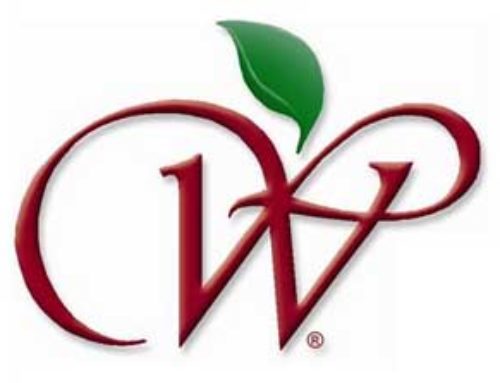
As a participant in Jim Ballard’s old Pacific Northwest Fruit Testing organization 25 years ago, I learned about the one word applicable to the present foibles inherent in marketing of “new” varieties. That word is “magic”. We can talk all we want about the merits of a new variety but as they say in Hollywood, “Fantastic really means “just OK”. I personally obtained starts of many, many new varieties thanks to those growers in Washington that were the real eager beavers in acquiring new germplasm. I grew the trees and made observations and taste tests where numbers of fruit people had the chance to see and find mutual agreement on new varieties regarding taste and hopefully, there might be some actual agreement about fruit observations and taste/texture. Many, many years ago, I remember being asked to judge fruits and vegetables at a county fair. Verdict? “You’re just too strict and there should be at least 40% blue ribbons given to bring the exhibitors back the next year”. Hey, I taste all the new ones, or most of them, and invariably, even when tasting scads of new ones from New Zealand, too often they are “just OK”. It’s a tough game.